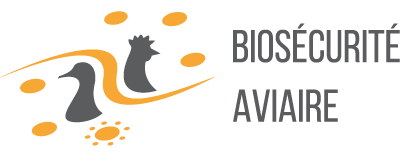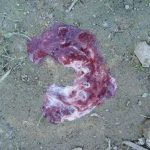Infectious coryza, or Avibacterium paragallinarum infection is a bacterial disease, affecting the upper respiratory system. It is characterized by acute inflammation of the upper respiratory tract. Its impact seems weak today and is mainly economic, in relation to lower performance. It is found more regularly in hot regions.
Formerly called avian hemophilia (this name is now incorrect), this low prevalence disease should not be confused with the “coryza” syndrome, which is very common, often benign, and whose causes are very varied (environmental factors, bacteria, viruses, …).
The disease agent and its pathogenicity
The etiological agent is Avibacterium paragallinarum (Former name : Haemophilus paragallinarum). It is a Gram- coccobacillus, rod-shaped, of 0.4-0.8 µm over 1-3 µm. It is not mobile and not sporulated. There are 3 serotypes (A, B and C), as well as many strains.
It is a fragile bacterium, that does not survive long in the external environment. It is inactivated at room temperature in 24 hours, by a solution of formaldehyde (0.25% at 6°C) in 24 hours. However, it is resistant to low temperatures, its cultivation is favoured by the presence of CO2 and requires certain growth factors (NADH in particular).
The bacteria infect the host through the upper respiratory tract and adhere to the mucous membranes. It develops and generates lesions by destroying nasal, sinus and tracheal epithelia.
Epidemiological data
- The disease mainly affects chickens. It is also isolated in pheasant, guinea fowl, pigeon, and experimentally in geese and quail. However, it does not seem to infect the turkey. All ages are sensitive but adults are more severely affected.
- The importance of the disease appears to be less in France, but it is undoubtedly largely underestimated, due to the difficulty of establishing microbiological diagnosis.
- The sources of infection are sick birds and carriers : the main source of bacteria is the healthy carriers.
- The agent is excreted in nasal and sinus exudates.
- Transmission is horizontal and occurs mainly by air (between birds through direct contact or between farms) or indirectly through drinking water, food or equipment.
- The disease is aggravated by environmental factors (high density, poor ventilation, temperature differences, stress) and concomitant infections (mycoplasma, coli).
Clinical manifestations of the disease
Incubation lasts 3 to 8 days. Unless complicated, clinical signs often last 1 to 2 weeks. Morbidity in an affected batch is high, but mortality is generally low.
Symptoms
- The main sign is a nasal discharge, serous then mucous
- Animals are often worned out and their consumption decreases. They have breathing difficulties (rales). Birds shake their heads and are sensitive to palpation. We found swollen heads, sneezing, conjunctivitis, swollen crests (especially in males). In some cases, we find the association between swollen head and arthritis.
- Other signs are less frequent : diarrhea, fall in egg-laying (10 to 40%).
Lesions
- The lesions are mainly respiratory and localized to the head. Acute rhinitis, conjunctivitis, infraorbital catarrhal sinusitis are observed. Cellulite lesions can also be identified.
- Sometimes, the lesions are deeper (especially in superinfections) : pneumonia, aerosacculitis.
- Microscopic observation shows cellular degeneration, hyperplasia of the mucosal and glandular epithelium and infiltration of the lamina propria by neutrophils. In infraorbital sinuses, there is diffuse infiltration by lymphoid cells.
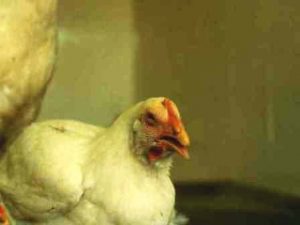
The diagnosis
Clinical diagnosis
Based on the presence of respiratory signs : rales, respiratory distress, swollen head, rhinitis, sinusitis, conjunctivitis.
Bacteriology is the essential method for laboratory diagnosis. Sinus swabs, taken sterile, are the preferred samples ; however, discard sampling should not be used. Culture is carried out on blood agar (with the addition of growth factors or a culture of “nursing” bacteria) or chocolate agar in an atmosphere enriched with CO2 ; colonies appear in 24-48 hours ; identification is done by looking for biochemical characteristics and above all, MALDI-TOF typing. Caution : this isolation is very delicate and reserved for experienced laboratories.
PCR can be used. Serology (by agglutination) is not very effective and is not used in practice.
Differential diagnosis
Other causes of “coryza”, cholera, swollen head syndrome, smallpox.
Disease prevention and control
Treatment
Based on antibiotic therapy. A. paragallinarum is often sensitive to erythromycin, gentamicin, spectinomycin, tetracycline and sulfonamide-trimethoprim combinations. The intervention must take place as soon as possible. The treatment only ensures clinical recovery, relapses are possible.
Vaccination
There is no vaccine available in France (but are available in some countries).
Prophylaxis is therefore based on biosecurity measures.
